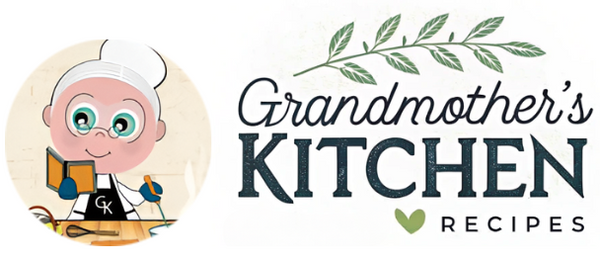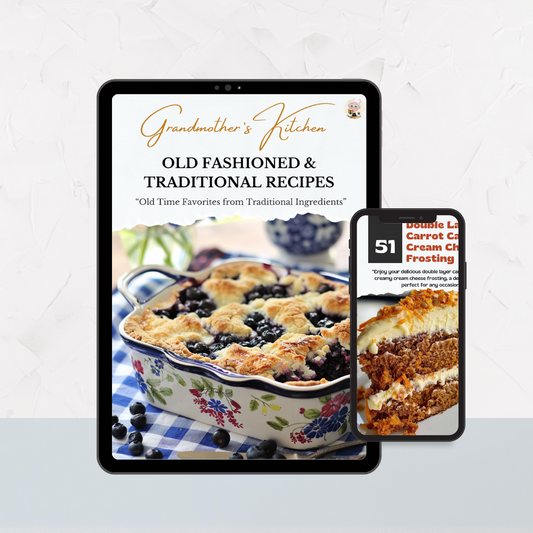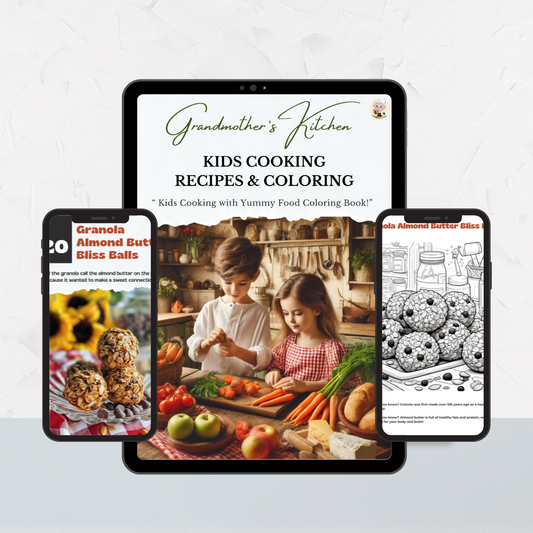Grandma's Perfect Blackberry Jam: How to Make Freezer Jam and Processed Blackberry Jam at Home

Share
With Blackberry Jam, I Have to Admit Freezer Jam Is My Favorite
When I was a little girl, blackberry picking was an adventure. Our family—eight kids, my mom, and her sister—would head out to gather as many berries as we could, despite scratched arms and stained clothes from the thorny bushes. My mom never let anything go to waste, turning those wild blackberries into delicious jams that lasted through the winter. While most were canned, my favorite was the freezer jam. It captured the fresh taste of summer, almost as if you were eating the berries straight from the bush. That simple joy of homemade jam on warm bread still brings back fond memories.
Did You Know?
Blackberries are packed with vitamins, minerals, and antioxidants, making them a healthy choice for snacking and preserving. Historically, blackberries were used for medicinal purposes by the ancient Greeks and Romans.
Yield: 5 cups (approximately 10 half-pint jars)
Processed Blackberry Jam
Ingredients:
- 4 cups blackberries, crushed
- 4 cups granulated sugar
- 2 tablespoons lemon juice
- 1 package (1.75 ounces) fruit pectin
Instructions:
Prepare the Blackberries: Wash and crush the blackberries. Measure 4 cups of crushed blackberries into a large saucepan.
Add Lemon Juice and Pectin: Stir in the lemon juice and fruit pectin. Bring the mixture to a full rolling boil over high heat, stirring constantly.
Add Sugar: Add the sugar all at once. Return the mixture to a boil and boil hard for 1 minute, stirring constantly. Remove from heat and skim off any foam.
Fill Jars: Ladle the hot jam into prepared, sterilized jars, leaving 1/4-inch headspace. Wipe jar rims and cover with lids.
Process: Process the jars in a boiling water bath for 10 minutes. Remove and let cool. Check seals after 24 hours. Store in a cool, dark place.
Blackberry Freezer Jam
Ingredients:
- 4 cups blackberries, crushed
- 1 1/2 cups granulated sugar
- 2 tablespoons lemon juice
- 1 package (1.75 ounces) instant fruit pectin
Instructions:
Prepare the Blackberries: Wash and crush the blackberries. Measure 4 cups of crushed blackberries into a large bowl.
Add Lemon Juice and Pectin: Stir in the lemon juice and instant fruit pectin. Mix well.
Add Sugar: Gradually add the sugar, stirring until the sugar is completely dissolved and the mixture is no longer grainy.
Fill Containers: Ladle the jam into clean, freezer-safe containers, leaving 1/2-inch headspace. Seal with lids.
Store: Let the jam sit at room temperature for 24 hours to set. Then, store in the freezer for up to a year or in the refrigerator for up to 3 weeks.
Nutritional Information (Per Tablespoon):
Processed Blackberry Jam: Calories: 50, Protein: 0g, Carbohydrates: 13g, Fat: 0g, Sugars: 12g
Blackberry Freezer Jam: Calories: 35, Protein: 0g, Carbohydrates: 9g, Fat: 0g, Sugars: 8g
Impact of Using Less Sugar or Honey on Jam Texture
When using less sugar or substituting sugar with honey in jam recipes, the texture of the jam may be affected in a few ways:
Setting and Firmness: Sugar plays a crucial role in helping the jam set and achieve the right consistency. Reducing sugar or using honey, which has a different chemical composition, can result in a softer set or a more liquid consistency.
Cooking Time: Jams with less sugar might require a longer cooking time to reach the desired thickness. However, prolonged cooking can sometimes lead to a more concentrated, potentially caramelized flavor and a darker color.
Moisture Content: Sugar helps to draw moisture out of the fruit, which is essential for achieving the right consistency. Using less sugar means more moisture remains in the jam, which can lead to a runnier texture.
Preservation: Sugar acts as a preservative by inhibiting the growth of microorganisms. Jams with less sugar might have a shorter shelf life and may need to be refrigerated or consumed more quickly.
Texture Adjustments: To compensate for reduced sugar, you can use low-sugar pectin, which is specifically designed to gel with less sugar. Alternatively, cooking the jam longer and ensuring proper sterilization and sealing of jars can help maintain quality.
Honey's Water Content: Honey contains more water than granulated sugar, which can also contribute to a softer set. You might need to reduce the other liquid ingredients slightly to compensate.
Flavor Profile: Honey has a distinct flavor that can alter the taste of the jam, often adding a floral or caramel note, depending on the type of honey used.
By understanding these effects and making small adjustments, you can successfully create delicious jams with less sugar or honey, while still achieving a pleasing texture and preserving them safely.
Kitchen Tips, Great Ideas, How to Save Money
-
Choosing Blackberries: For the best flavor, use ripe, fresh blackberries. Pick your own from local farms or buy in bulk when in season for savings.
-
Sterilizing Jars: Sterilize jars by boiling them in water for at least 10 minutes before filling. This step is essential for food safety.
-
Lemon Juice: Fresh lemon juice helps the jam set and enhances the flavor. If you don't have fresh lemons, bottled lemon juice works fine.
-
Reducing Foam: A small pat of butter added to the boiling jam can help reduce foaming, resulting in a clearer final product.
-
Texture Preference: For a smoother jam, strain out some of the seeds using a fine-mesh sieve after crushing the berries.
-
Storage Tips: Store properly sealed jars in a cool, dark place for up to a year. Once opened, keep the jam in the refrigerator and use it within a month.
-
Reuse and Recycle: Save money by reusing jars from store-bought products. Ensure they are properly sterilized before use.
-
Gift Idea: Homemade blackberry jam makes a wonderful gift. Decorate the jars with ribbons and homemade labels for a personal touch.
-
Experiment with Flavors: Add a twist to your blackberry jam by incorporating other fruits, such as apples or pears, or spices like ginger or nutmeg.
-
Using Frozen Berries: If fresh blackberries are not available, you can use frozen berries. Just thaw them completely and proceed with the recipe as usual.
Let's Learn About Pectin
Pectin is a naturally occurring substance found in the cell walls of fruits. It's responsible for helping the fruit gel when making jams and jellies. Commercial pectin is usually derived from citrus fruits or apples, where it is most concentrated. When pectin is heated with sugar and acid (like lemon juice), it forms a gel, which is what gives jams and jellies their thick, spreadable consistency. Different fruits have varying levels of natural pectin, which is why some jams set better than others without added pectin. Using the right amount of pectin ensures your jam has the perfect texture.


